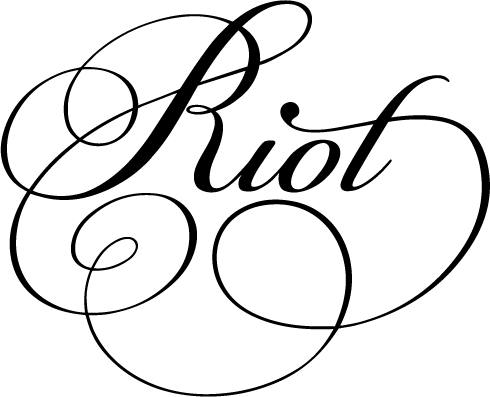Riot Communications, the award-winning culture and entertainment agency, is thrilled to announce it will be working with The Astrid Lindgren Company to celebrate the life and works of the ground-breaking Swedish author, children’s rights campaigner and original Rebel Girl ahead of the 75th anniversary of Pippi Longstocking in 2020.
The Pippi books, first published in Sweden in 1945, have sold around 70 million copies in 70 languages and have inspired seven feature films and two TV series, as well as an infinite number of stage productions. Fans of the remarkable redhead range from Lady Gaga (pictured) to Amy Poehler, Lauren Child to Maggie O’Farrell, and ABBA’s Björn Ulvaeus to Studio Ghibli’s Hayao Miyazaki.
Working closely with Astrid Lindgren’s family, Riot’s campaign will celebrate Lindgren as a game-changing author, editor, campaigner and social commentator – along with her most famous creation, Pippi, as a thoroughly modern heroine – through a range of cultural and charity initiatives across publishing, stage and screen in the run up to the anniversary in 2020.
Olle Nyman, CEO at The Astrid Lindgren Company and grandson of Astrid Lindgren, comments:
“We’re very excited to work with Riot Communications to celebrate Astrid Lindgren and Pippi Longstocking in the UK. Riot has a great reputation and has shown impressive results in their work with other great literary properties, including the work of Philip Pullman and Meg Rosoff – both laureates of The Astrid Lindgren Memorial Award. We can’t wait for British audiences to rediscover the particular combination of wit, humanity, independence and flair that turned Astrid Lindgren and Pippi into icons both in Scandinavia and internationally.”
Preena Gadher, Managing Director, Riot Communications, adds:
“Astrid Lindgren was a true pioneer and her legacy is immense. She’s a great fit for Riot since championing women is in our DNA. I can’t wait to work with the team at The Astrid Lindgren Company and help raise awareness of her wonderful, kick-ass character Pippi Longstocking!”




